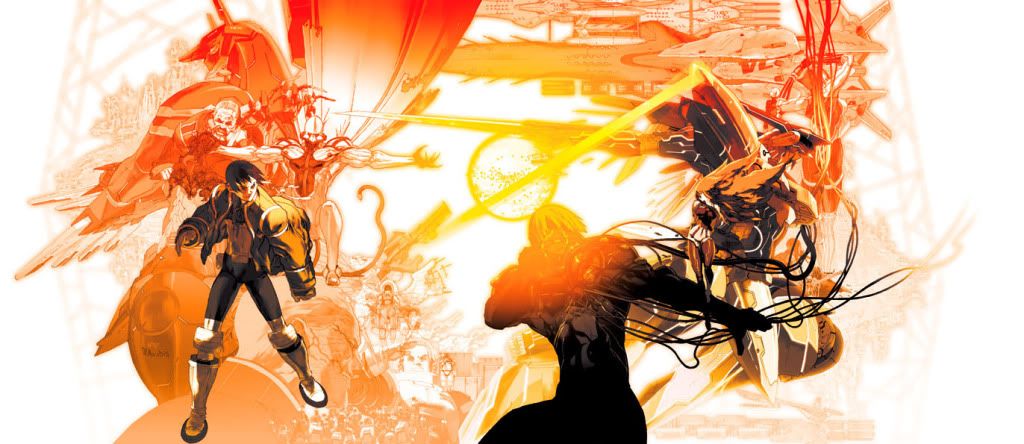
Many games that come out of Japan have had bad scripts and bad voice acting, but Zone of the Enders: The 2nd Runner features the rare combination of an excellent voice cast - the kind usually expected by a Kojima production - with a terribly written script. At several times throughout it becomes obvious that the script was translated word-for-word, often literally, from the Japanese. Some clauses are too long to sound natural, and some characters who probably used very particular phrases in Japanese just sound like they're talking past each other in English. Most of the time it functions well enough, but on in a while it's actually pretty amazing that the actors could be so committed in their deliveries of lines that just barely make sense.
Sometimes it's funny, and, shit, some people would say it's part of the game's charm, but I think it robs the game of its drama. The story could actually be really good. We have the cocksure Dingo Egret, haunted by his lost comrades and a deserter betrayed by his superior, Nohman, the commander of a Martian rebellion force, now driven mad with power. After a "fatal" injury, Dingo is hooked up to the Orbital Frame (read: giant robot) Jehuty in order to stay alive, thanks to Ken Marinaris, a spy who seeks to redeem herself and her father who worked under Nohman. On Mars he meets Leo Stenbuck, the protagonist of the first game who offers his help, but really just wants to be the hero again.
The characters' histories are actually worked pretty poetically into their motivations. Dingo's sudden willingness to protect others stems from his failure to protect his old comrades. Ken's feelings for Dingo suggest that she has daddy issues, since both men worked under Nohman and have saved her life. Leo, who needlessly throws himself in danger's way since he's given up control of Jehuty, actually appears to be somewhat suicidal. The story could have reached Metal Gear Solid levels of awesome melodrama. But with the script the way it is, all of these little tidbits seem to get lost. Instead, Dingo seems inconsistent, Ken is just a woman in a video game, and Leo looks like an idiot.
Fortunately, the rest of the game is still intact.
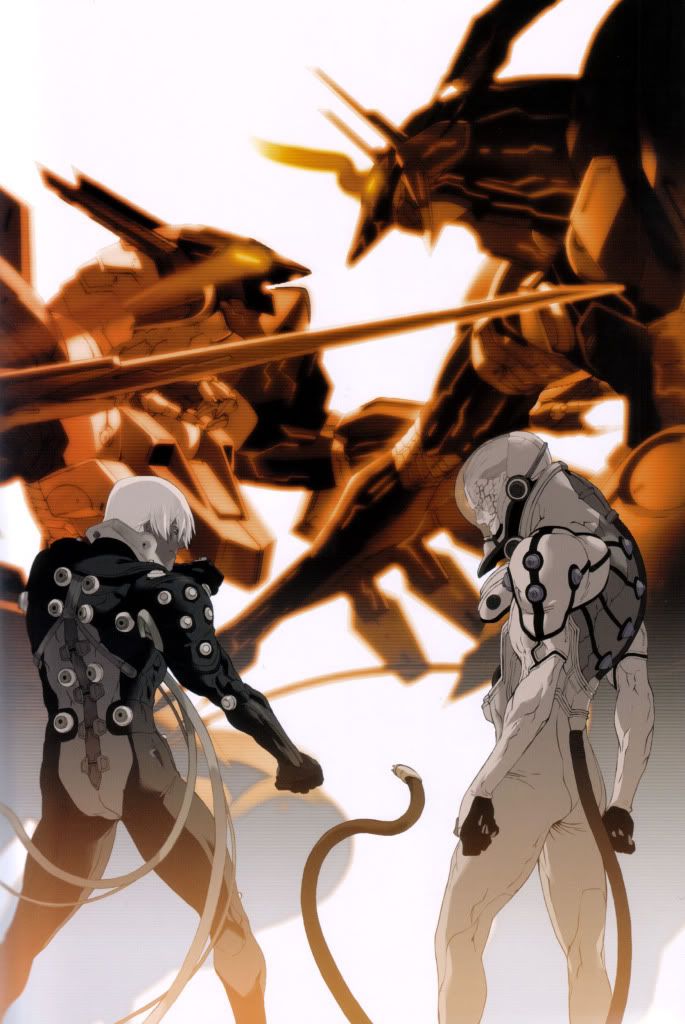 ZOE2 is an action/adventure game, that special kind of game assembled out of set pieces arranged in a very specific order, like beads on a necklace. They're hard to define - not so much from a certain genre as from a certain class of style. They're the natural evolution of the most basic kind of arcade game, a very carefully designed level-by-level progression of more fantastic sights and escalating challenges, offering a variety of possible utilities for a simple and accessible array of actions. I'd say the most shining example of the last decade is still Resident Evil 4. Often when I say that a video game is really "video gamey" and I mean it as a compliment, I usually mean it's simple, fun and short enough that I'd want to play it again a year later over the course of a Saturday afternoon.
ZOE2 is an action/adventure game, that special kind of game assembled out of set pieces arranged in a very specific order, like beads on a necklace. They're hard to define - not so much from a certain genre as from a certain class of style. They're the natural evolution of the most basic kind of arcade game, a very carefully designed level-by-level progression of more fantastic sights and escalating challenges, offering a variety of possible utilities for a simple and accessible array of actions. I'd say the most shining example of the last decade is still Resident Evil 4. Often when I say that a video game is really "video gamey" and I mean it as a compliment, I usually mean it's simple, fun and short enough that I'd want to play it again a year later over the course of a Saturday afternoon.What keeps Zone of the Enders 2 from being mentioned in the same breath as Resident Evil 4 is a few hiccups in terms of pacing. A few of the set piece beads on this action-packed necklace would probably look awfully nice on some other game, but they don't flatter ZOE2 at all.
It's a curious condition that some action games have. Developers seem to fear that the combat might become too repetitive, so they shake it up by introducing some new element or puzzle. Almost always, attempts to alleviate this imagined monotony harm the game's cohesion more than doing nothing possibly could have: jumping through spinning spikes in God of War, swimming around fighting ghost fish in Ninja Gaiden, etc. Its like, "Guys, I was having fun fighting those ninjas - WHY would you take them away from me?"
ZOE2 has about 15 "levels", and 3 of them are not that fun. In the scheme of things that might not seem so bad, but they all seem come at the worst moments. They all occur right after really fun sequences, and they all occur in the first half of the game, while you're still trying to figure out if you like it.
After the pre-title sequence, the game dumps you off at Deimos, and for a reason that hasn't really been specified yet, you have to find a Space Force soldier named Taper, a whiny, bespectacled coward (the Otacon of the game). He is hiding in a shipping container to stay safe. To find him you must search all of the cargo bays and use clues he provides to locate the specific box he's hiding in, and fire a shot to let him know that you found him.
At this point in the game, the player is unlikely to have discovered that ZOE2 supports the Dual Shock 2's pressure sensitive buttons, and that you can shoot a SMALL laser bullet by pressing the button lightly and a LARGE laser bullet by pressing the button firmly. As such, MOST PLAYERS who are lucky to find Taper's box will shoot him with the large laser bullet, exploding the box and killing him, resulting in a Game Over. What makes this more confusing is that shooting any box that Taper ISN'T in with either the small or large laser bullet will explode it, leading the player to believe that a small shot will also destroy Taper's box, which it wouldn't. This in turn leads to the player trying any number of ways to get Taper out of his box, none of which will work until her or she tries shooting them again. On top of everything, destroying any box will cause "security measures" to kick in and relocate all boxes to new cargo bays, forcing you to start over - though, fortunately, Taper gives you a new clue each time this happens.
Come on, guys. You don't start your ground-breaking action game by making the player feel like an idiot. And you don't put a puzzle in a game in which all your actions involve lethal force. It's like the bomb disposal mission from Metal Gear Solid 2 all over again, though at least that had sub-badass tortured bomb disposal expert Peter Stillman. This mission has Taper.
Though Taper-in-the-Box is the worst offender in the game, there are two others I can think of: a mission in which you have to keep misguided soldiers from destroyed civilian buildings (again, it's hard to be a pacifist when even moving threatens the lives of all around you), and a minefield that you have to cross based on directions given by your shrill, busty, backseat driver.
Interestingly, the core ideas of both of these mission are reapplied again much more successfully later in the game. During one boss fight, your enemy disables your ability to visualize your surroundings, represented by pitting you in endless darkness. You instead must rely on the guidance of your onboard AI, ADA, who tells you what attacks are being used against you and giving the distance between you and the boss. You have to close that distance quickly to reduce the amount of attacks that get thrown at you, but you also have to be ready to react appropriately to whatever ADA tells you. It forces the player to reapply what they've learned without being restrictive, in the end making them better at the game itself.
Another mission, possibly the most well-remembered by anyone who's played the game, requires you to defeat over 400 enemy units with the assistance of 40 Space Force soldiers. In order to win you must effectively split your time between thinning out the enemy and bolstering your own forces. Brilliantly, the way you save your units is by using the non-lethal Geyser subweapon to immobilize them, protect them from further damage and alert your buddy Leo to their presence so that he can heal them. Once you figure out how the fuck to lock-on to your allies without killing them, it's a clever solution to the whole "pacifist death machine" problem. Not only is this sequence incredibly visually impressive, the frame of the story up to this point makes it far more dramatic than the civilian-saving scenario from earlier.
When the game trusts itself, it's brilliant. It's simple to comprehend, satisfying to master, the second half is one spectacular action-packed set-piece after another, and to this day it's the pinnacle of full 360-degree 3D control - who knew ascending with the Triangle button and descending with the X button would be so effective? Unfortunately, its flaws in presentation and pacing keep it from attaining the widespread appeal needed to attain "game of the decade" status. And so Zone of the Enders will always be a cult classic. If you never intend to play it, you can at least watch the ridiculous trailer, which highlights everything good about the game.
An interesting fact, something I never knew before, is that Inhert and its pilot Lloyd, the boss you fight in absolute darkness, were designed by Kazuma Kaneko of the Shin Megami Tensei series. Makes sense. The guy's all about beautiful figures with weird things embedded in their faces.
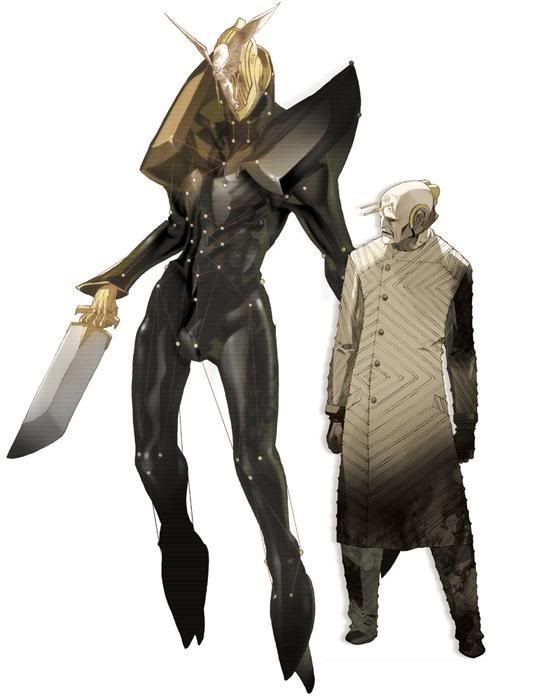
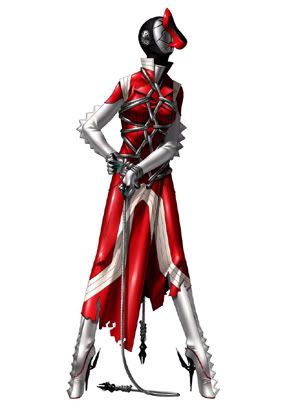
Also, one of the singers from Heart of Air, who perform the theme songs for ZOE1 and ZOE2, is also part of Oranges & Lemons, who perform the theme song for Azumanga Daioh. You're welcome for that information.
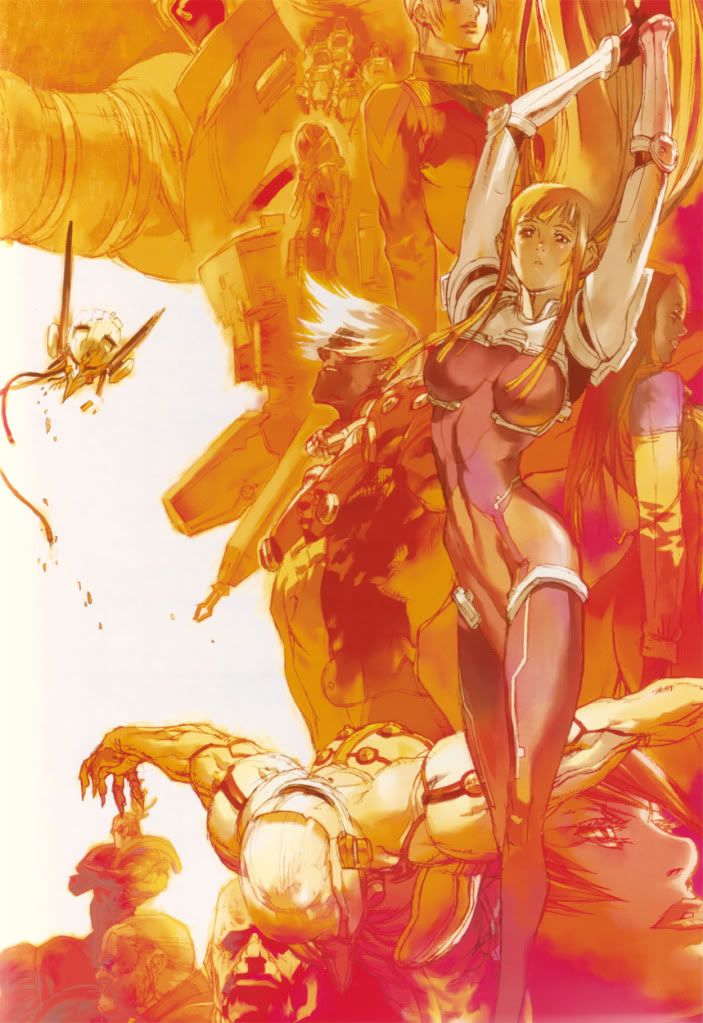
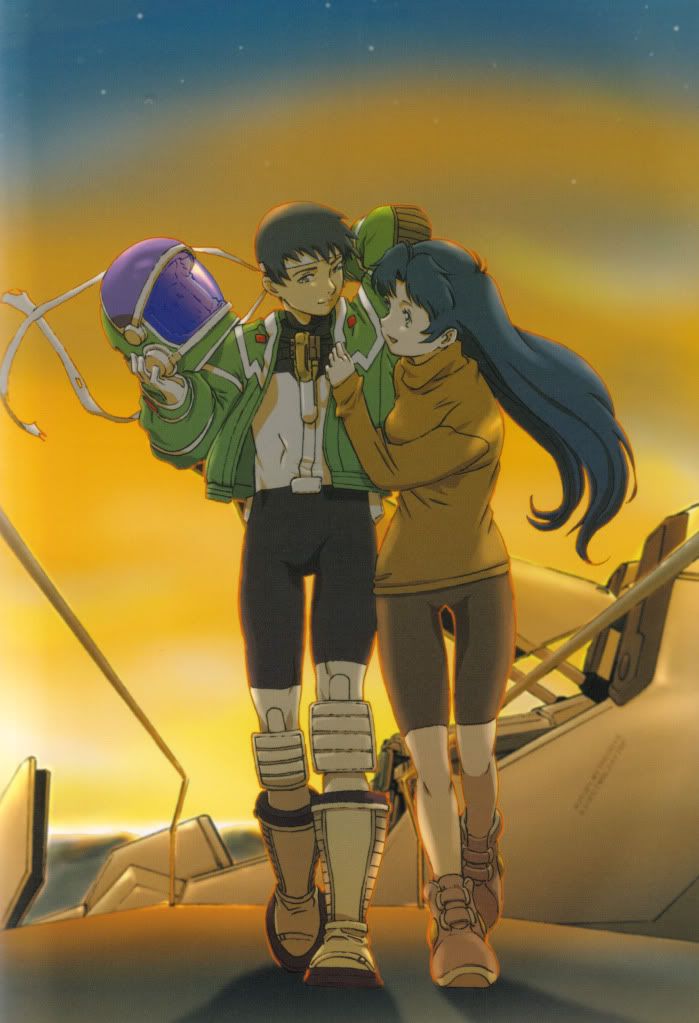
2 comments:
Steel Battalion, man. Steel Battalion...
Yeah, I got pulled out of the Steel Battalion room at PAX to volunteer somewhere else, so I'll never really know what it was like. But I do know that you can't fly in Steel Battalion.
Post a Comment